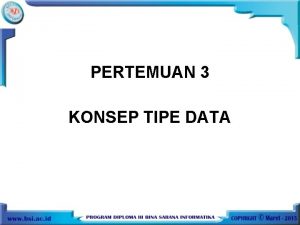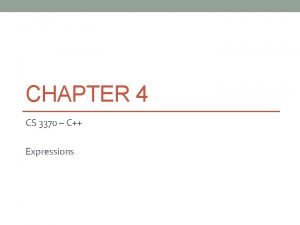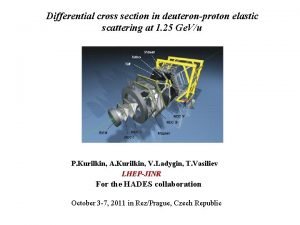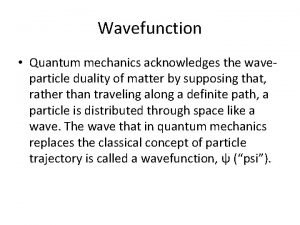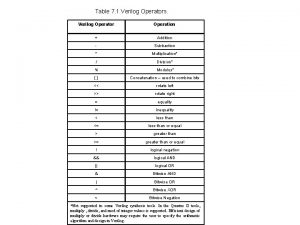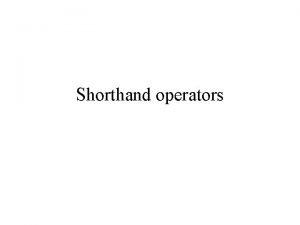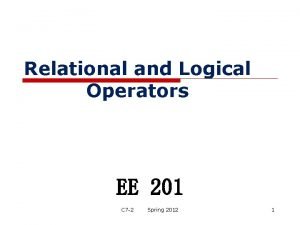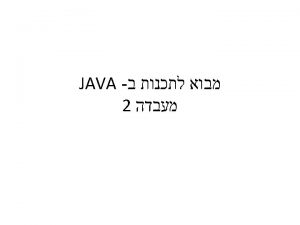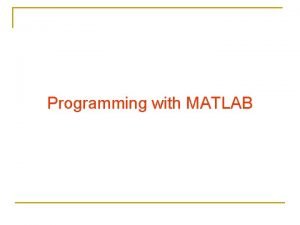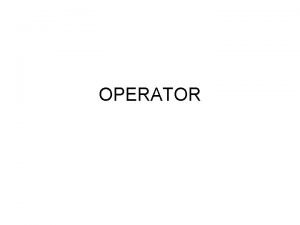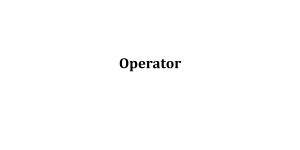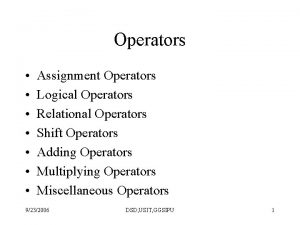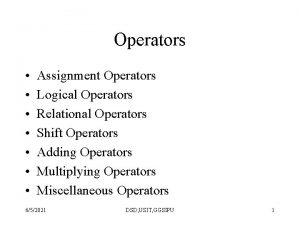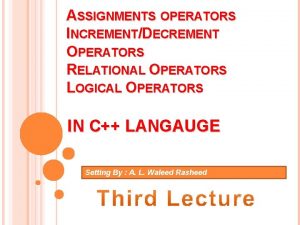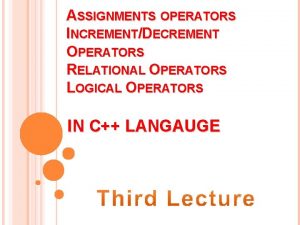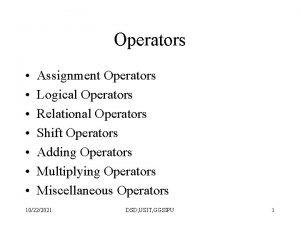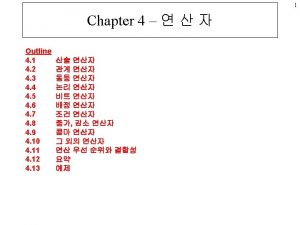Section 4 5 Differential Operators DIFFERENTIAL OPERATOR In












- Slides: 12

Section 4. 5 Differential Operators

DIFFERENTIAL OPERATOR In calculus, differentiation is often denoted by the capital letter D; that is, The symbol D is called a differential operator, it transforms a differentiable function into another function. The differential operator is a linear operator.

HIGHER-ORDER DERIVATIVES Higher order derivatives can be expressed in terms of the differential operator. In general,

POLYNOMIAL EXPRESSIONS AND DIFFERENTIAL OPERATORS Polynomial expressions involving D are also linear differential operators. EXAMPLES:

WRITING A DIFFERENTIAL EQUATION IN OPERATOR NOTATION Differential equations can be written in operator notation.

ANNIHILATOR OPERATOR If L is a linear differential operator with constant coefficients and y = f (x) is a sufficiently differentiable function such that L(y) = 0, then L is said to be an annihilator of the function.

ANNIHILATOR FOR POLYNOMIALS If then Dn + 1(y) = 0 and, consequently, Dn + 1 annihilates y

ANNIHILATORS FOR eαx If then (D − α)n + 1 annihilates y.

ANNIHILATOR FOR sin βx AND cos βx If then an annihilator of y is [D 2 − 2αD + (α 2 + β 2)]n + 1.

THEOREM Theorem: If L 1 annihilates y 1 and L 2 annihilates y 2, then L 1 L 2 annihilates y 1 + y 2. NOTE: This result generalizes for more than two functions added together.

COMMENT The differential operator that annihilates a function is not unique. For example, D − 5 annihilates e 5 x, but so do differential operators of higher order like D(D − 5). When we want a differential annihilator for a function y = f (x), we want the one of lowest possible order that does the job.

HOMEWORK 1– 31 odd
 Tipe data int mempunyai ukuran
Tipe data int mempunyai ukuran Pada tipe data boolean berlaku operator-operator
Pada tipe data boolean berlaku operator-operator Prioritas operator
Prioritas operator Unary and binary operations
Unary and binary operations Differential cross section
Differential cross section Hermitian operator
Hermitian operator Arithmetic operators in vbscript
Arithmetic operators in vbscript Verilog operators
Verilog operators What is shorthand operator
What is shorthand operator Relational operators
Relational operators Chemistry
Chemistry Class operators public static void main
Class operators public static void main Matlab relational operators
Matlab relational operators
